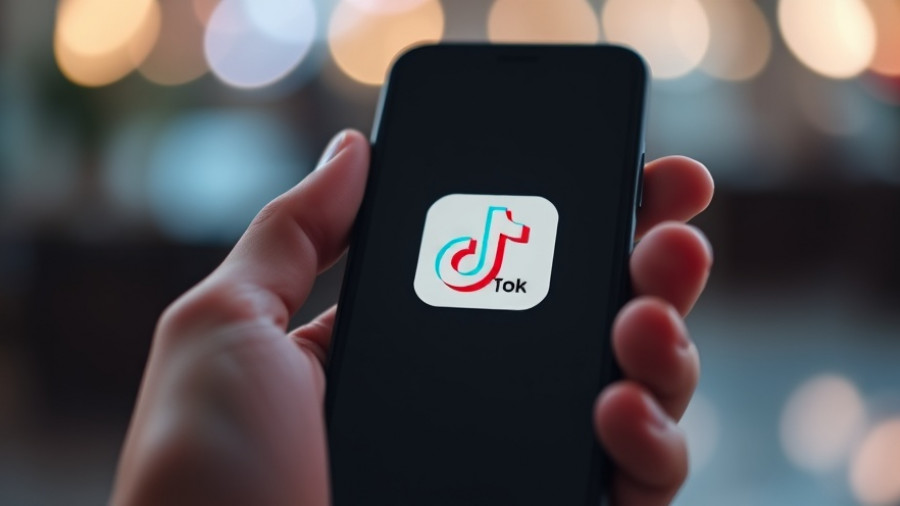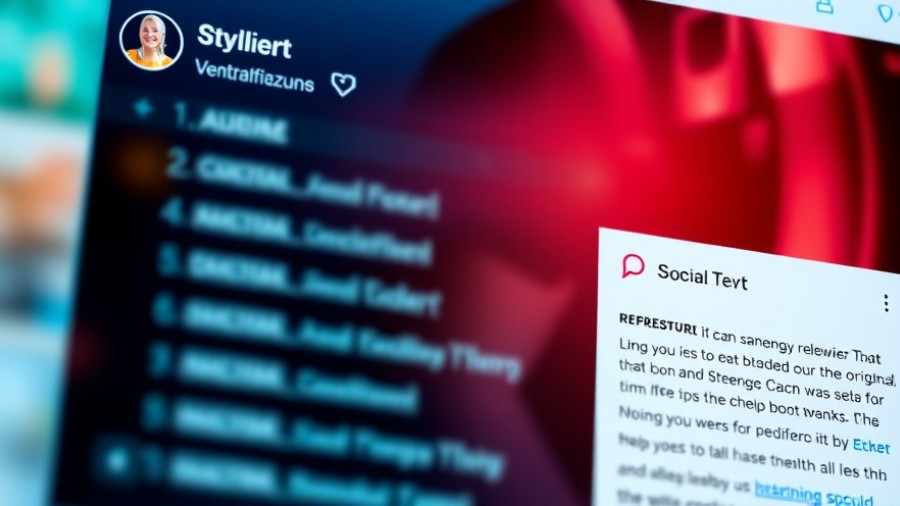
Unpacking Social Media Engagement Trends in 2025
In a rapidly evolving landscape, the analysis of 1.7 million posts from platforms X, Threads, and Bluesky reveals significant insights for marketers and brands gearing up for 2025. While median engagement rates across these platforms appear uniform—landing squarely at four interactions per post—the nuances beyond this statistic depict a convoluted picture of audience dynamics and engagement strategies.
Why One-Size-Fits-All Strategies Are Outdated
The data highlights stark differences in user interaction on each platform, emphasizing the inadequacy of a blanket social media strategy. Understanding these differences can empower brands to tailor their content, engagement techniques, and messaging to resonate more effectively with their audience. As 2025 approaches, the question remains: how do we pivot to capitalize on these unique engagement dynamics?
Understanding Engagement Metrics
It’s crucial to comprehend what constitutes engagement on social media. This analysis measures total interactions—likes, comments, and shares—providing a comprehensive overview of content performance. This contrasts with engagement rates that gauge how many people interact with a post versus those who simply see it. Consequently, a post can have a high engagement rate even with fewer total interactions, depending on reach. The takeaway? Your measurement focus will shape your social media strategy convincingly.
Engagement Insights from the Platforms
Each platform boasts distinct engagement traits:
- X: Often perceived as the town square of digital discourse, users expect content that is immediate and thought-provoking.
- Threads: Aims to foster a community feel, requiring more personalized and relatable messaging to drive conversations.
- Bluesky: Supports decentralized user control, appealing to an audience that prioritizes privacy and authenticity.
By aligning your content with the unique characteristics and expectations of each platform, you can significantly improve user engagement and brand loyalty.
The Role of AI and Advanced Analytics
Artificial Intelligence (AI) is set to redefine how marketers approach social media engagement in 2025. With AI-driven analytics, brands can uncover deeper insights into user behavior, optimize content creation, and predict shifts in consumer interests. Companies are increasingly employing AI tools to enhance content personalization, ensuring that messages reach audiences at the right time and with maximum impact. Empowering users with precise, data-driven content enhances engagement rates and cultivates lasting relationships.
Creating Meaningful Interactions
Authenticity and engagement will reign supreme in 2025. Brands should focus on crafting narratives that promote participation and evoke emotion. Strategies like:
- Utilizing interactive content such as polls and quizzes to encourage involvement.
- Incorporating short-form videos to convey messages quickly and effectively.
- Emphasizing transparency to build trust and loyalty among users.
These strategies not only boost engagement but foster genuine connections—a secret ingredient for success.
Future Predictions: The Role of Community
As we predict future trends, we must consider the increasing importance of community-driven content. Focusing on micro-communities—small, dedicated groups with shared interests—can lead to powerful engagement opportunities. These communities can amplify brand narratives through authentic user-generated content, enhancing trust and loyalty significantly.
Brands that leverage these micro-communities will find that they engage their audiences more meaningfully—beyond mere transactions, fostering a sense of belonging that encourages customers to become brand advocates.
Take Action: How to Adapt Your Strategy Now
Marketers should begin integrating these insights into their strategies. Here are actionable tips:
- Segment your content based on the unique characteristics of each platform.
- Invest in AI tools for data analysis and content personalization.
- Engage in meaningful conversations with your audience through interactive formats.
- Foster and nurture micro-communities within your audience.
As the social media landscape continues to evolve, those who adapt swiftly and strategically will carve a leading path forward in 2025.
Conclusion: What This Means for You
In crafting your social media strategy for 2025, remember this: adaptability and awareness of platform dynamics are key. By utilizing advanced analytics and emphasizing community engagement, you can not only optimize your social media presence but also forge lasting connections with your audience. Embrace these changes and let them guide your digital marketing strategy.
Are you ready to revolutionize your digital marketing efforts this coming year? Start by examining your current strategies and identifying areas for improvement. Now is the time to seek new ways to engage meaningfully with your audience!
 Add Row
Add Row  Add
Add 




Write A Comment